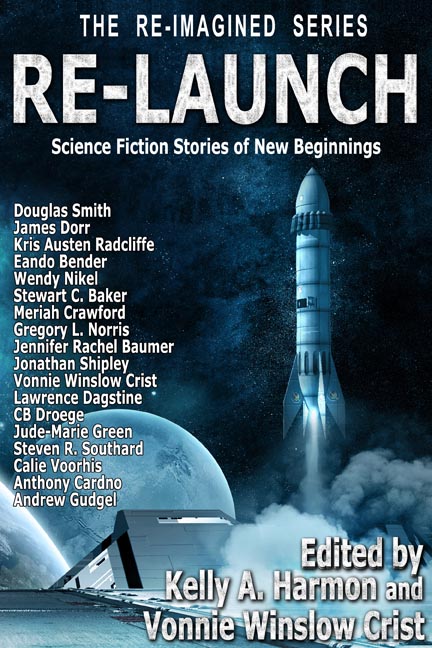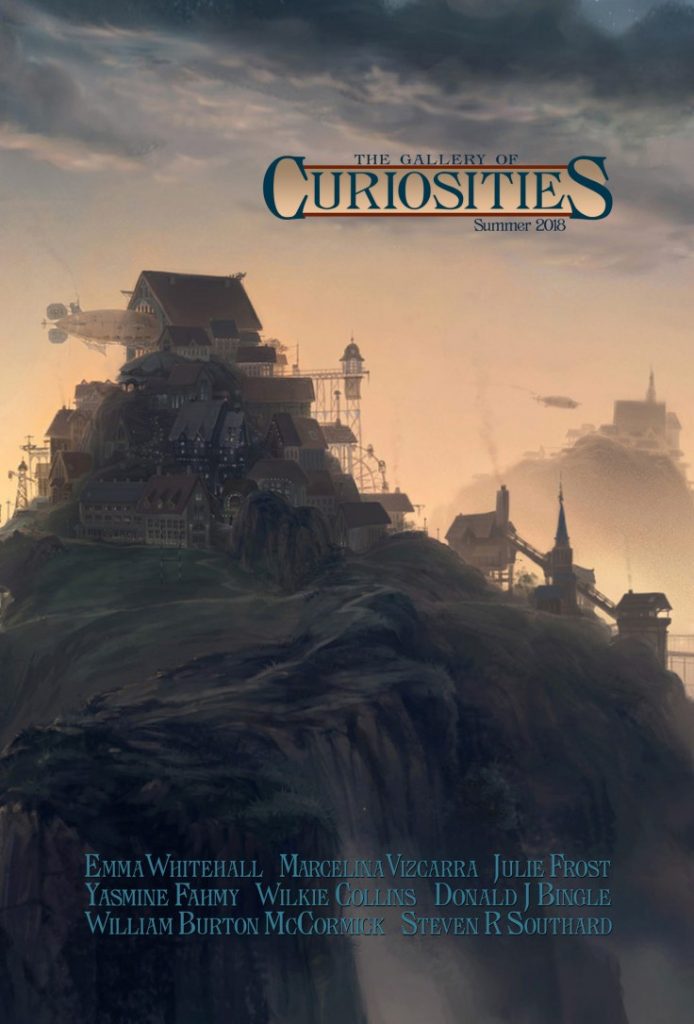Today I’ll introduce a new feature to my blog. I’ll be exploring the way people deal with new technology. It’s a theme in most of my stories, and I’ll be discussing it in some depth in this and future posts. I’ll still offer guidance to beginning fiction writers, but I’ll also pursue this technology topic on occasion.
I’m not concerned so much with any particular technology itself, but rather the relationship between humans and new technology. This relationship can bring about a number of problems, including:
- Technical failures during development and testing
- Development of a technology without considering its harmful or immoral effects
- Unanticipated problems brought about by use of the technology
- Lack of acceptance of, or opposition to, the technology by others
- The technology’s failure to live up to its hype
- The possibility that the technology may change the user in some way
- Eventual complacence brought about by success of the technology leading to new failure modes
In many of my stories, I show characters struggling with new technology and encountering several of these problems. Here are some of the most recently published ones.
In “The Unparalleled Attempt to Rescue One Hans Pfaall” in the Quoth the Raven anthology, there are two new technologies. One is the hot air balloon, in which my characters voyage to the Moon in 1835. The other is a mysterious machine they find on the Moon, a device that maintains both the satellite’s atmosphere and the life-link between paired individuals on the Earth and Moon. The balloon causes no problems, but one character’s ignorance and rashness causes disaster when he operates the Moon machine.
In “Target Practice” in the Re-Launch anthology, the technologies are a future underwater prison and one-man submarines. They use the mini-subs in a cruel training exercise that always results in the death of an inmate. The challenge for my protagonist is to exploit weaknesses in the technology and possibly survive the training exercise.
In “The Steam Elephant” in The Gallery of Curiosities, Issue #3, the technology is a mechanical, steam-powered elephant. In 1879, the British owners and occupants of the elephant are confident they will prevail in a war with primitive Zulu ‘savages.’ Perhaps their confidence is misplaced.
In “Instability” in the Dark Luminous Wings anthology, my medieval monk protagonist invents a pair of bat-like wings to achieve human flight. Other monks in the abbey are convinced he’s insane, and his first flight is not problem-free.
In “The Cats of Nerio-3” in the In A Cat’s Eye anthology, I mention several technologies, but the most important is an artificially intelligent computer. The AI believes itself far superior to its human companion, but perhaps it shouldn’t count humans out so soon.
In “After the Martians,” aliens leave their technologies behind after a failed invasion of Earth, and people use them to fight World War I. The Martian tripods and heat rays change the very nature of the war.
In “Ancient Spin” in the Hides the Dark Tower anthology, the technology is a giant stone tower, designed and built in Biblical times. After the tower’s collapse, its inventor considers how to avoid the blame.
In “Ripper’s Ring,” the technology is an ancient ring that can render its wearer invisible. Not only does this change the ring’s finder in negative ways, it complicates the detective’s search for him.
In “A Clouded Affair” in the Avast, Ye Airships! anthology, the two competing technologies are a 19th Century steam-powered ornithopter and a 20th Century diesel engine biplane. Which one wins the battle?
You’ll see this topic considered in detail and related to more of my stories in future posts by—
Poseidon’s Scribe











